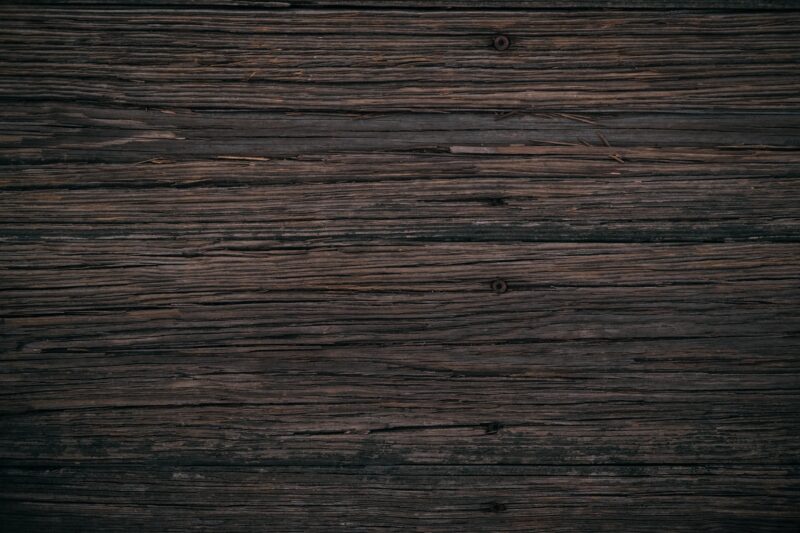For generations, wood has been admired for its inherent beauty, durability, and adaptability. Wood texture offers warmth, character, and a timeless appeal to any place, from rustic cottages buried in the woods to sophisticated metropolitan flats. Whether it’s the rich grains of hardwood or the subtle elegance of white wood texture, each type adds a unique charm to interiors. Understanding the many features of wood texture may help you unleash its full potential, whether you’re a homeowner, DIY enthusiast, or professional interior designer. In this thorough guide, we will look at different types of wood, treatments, and design ideas to help you get the most out of this amazing material.
The Beauty of Wood Texture
1. The Aesthetic Appeal
Wood texture is admired for its distinct and enticing appearance. The natural grains and patterns seen in wood can vary widely based on the type of wood and its growing circumstances. This variation lends character to wood, making each piece unique. From the complex, swirling patterns of burl wood to the clean and graceful lines of maple, wood texture provides limitless design and décor options.
2. Warmth and Comfort
The warmth that wood grain provides is one of the most significant advantages of introducing it into your living area. Wood has a natural tendency to make a space feel warm and inviting. Because of its tactile feel, it is ideal for furniture, flooring, and coverings on walls.
3. Durability
Wood is a long-lasting and sturdy material. When properly cared for, it may outlive other materials such as plastics or laminates. Its endurance also makes it a more environmentally friendly option because it lowers the need for regular replacements.
Types of Wood
1. Hardwood vs. Softwood
Hardwood and softwood are the two main varieties of wood. The differentiation is dependent on the tree’s reproduction process rather than the actual hardness of the wood. Softwood trees have needles, and hardwood trees have leaves. Oak, maple, cherry, and walnut are examples of typical hardwoods noted for their toughness and lovely grain patterns. Softwoods such as pine, cedar, and birch are lighter in color and less thick in general.
2. Exotic and Domestic Wood
There is a wide variety of alternatives available in the hardwood and softwood categories. Exotic woods like teak, mahogany, and zebrawood have unique textures and hues that may bring a sense of elegance to any room. Domestic woods such as oak, birch, and chestnut are more easily accessible and offer traditional and varied possibilities.
3. Engineered Wood
Engineered wood goods, such as plywood and MDF (medium-density fiberboard), are made out of layers of wood veneer or fibers held together using adhesives. These materials blend the inherent beauty of wood with greater stability and resistance to warping. They are frequently used for cabinets, furniture, and flooring.
Wood Finishes
The correct treatment can both enhance and maintain the beauty of wood. Several common wood treatments are available:
1. Stain
Staining wood improves its color and texture, making it a popular choice for furniture and cabinets. Stains are available in a variety of tints ranging from light to dark, allowing you to obtain the desired style.
2. Varnish
Varnish gives the wood a glossy and protective finish. It is widely used to protect wood floors and outdoor furniture from dampness and UV radiation.
3. Oil
Wood oil treatments, such as linseed and tung oil, permeate the wood to enhance its inherent beauty and produce a matte surface. Oiled wood has a soft, natural feel and is commonly used on wooden appliances and countertops.
4. Lacquer
Lacquer is a quick-drying finish that gives a durable and glossy surface. It’s frequently used on expensive furniture and cabinets to produce a high-end, glossy effect.
5. Wax
Wax finishes are simple to apply and provide a light shine. They are frequently used on antique furniture to protect and restore the beauty of the wood.
Incorporating Wood Texture into Your Space
Wood texture may be used to decorate your house in a variety of ways. Here are some project ideas to get you started:
1. Wooden Flooring
2. Wooden Furniture
Wooden furniture, from a rustic dining table to a sleek, mid-century contemporary coffee table, is an excellent way to bring natural beauty into your home. Consider combining various wood textures and finishes to create a one-of-a-kind and eclectic look.
3. Wooden Wall Coverings
4. Wood and Metal Combinations
Combining wood with metal materials such as steel or iron provides an industrial-chic effect. This material fusion offers contrast and a modern edge to your design. Consider utilizing this combo for storage, lighting, and seats.
5. Wooden Accents
Wooden accents, even in small amounts, may have a big impression. Consider using wood in objects such as picture frames, ornamental bowls, or wooden blinds. These tiny details can help to create a feeling of harmony and coherence in your area.
Maintenance and Care
Proper upkeep is required to maintain the beauty and endurance of wood texture in your home:
- Regular Cleaning: Dust and filth may fade the finish of wooden surfaces. Avoid using abrasive items and clean with a gentle, dry cloth or a little moist cloth.
- Protection from Sunlight: Direct sunlight may cause wood to pale and dry out. Use curtains or blinds to protect your wood surfaces from prolonged exposure to sunlight.
- Avoid Using Harsh Chemicals: When cleaning wood, use gentle, wood-specific cleaning solutions. Harsh chemicals might harm the polish and inherent beauty of the wood.
- Repair Scratches: Scratches and dents are unavoidable. Repair them as soon as possible using touch-up products or, if required, consulting a professional.
- Regular Refinishing: According to the use and wear, wooden surfaces may require periodic refinishing. This can include re-staining, re-varnishing, or putting in a fresh coat of oil.

